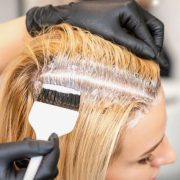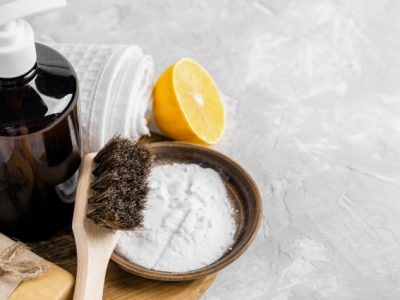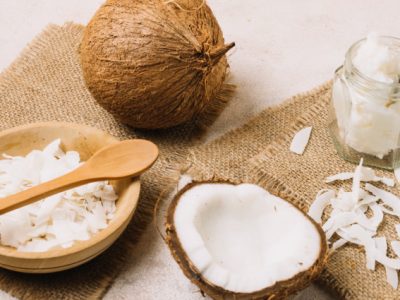Hair loss is a prevalent issue affecting millions globally, including men and women. Thinning hair can profoundly affect one’s self-esteem and confidence. While surgical hair transplant procedures like Follicular Unit Transplantation (FUT) and Follicular Unit Extraction (FUE) have been popular solutions for hair restoration, only some are comfortable with or suitable for surgery.
Platelet-rich plasma (PRP) therapy has recently arisen as a non-surgical alternative for addressing thinning hair. This article explores the concept of PRP for hair treatment and its potential benefits.
Understanding PRP Therapy
Platelet-rich plasma (PRP) therapy is a medical procedure extensively employed in various domains, encompassing orthopedics, dentistry, and dermatology. In the realm of hair restoration, PRP serves as a non-surgical treatment that harnesses the blood of the patient to encourage hair growth. The foundation of PRP therapy lies in the notion that platelets contain growth factors and other bioactive proteins that stimulate tissue repair and regeneration.
How PRP Hair Transplants Work
PRP hair transplants involve a relatively simple and minimally invasive procedure. Here’s a step-by-step overview of how it works:
Blood Collection: The process commences with procuring blood of the patient, mainly from the upper part of the hand, especially the arms, identical to a regular blood test.
Centrifugation: The collected blood is then kept inside a centrifuge machine, which spins at high speeds to segregate the different components of the blood. This process isolates the platelet-rich plasma from the rest of the blood.
Activation: The PRP is activated by adding a special activating agent. This step is crucial to release growth factors from the platelets.
Injection or Topical Application: The activated PRP is infused directly into the scalp area with thinning hair or applied topically. Some practitioners also use microneedling to enhance the absorption of PRP.
Benefits Of PRP Hair Transplants
Non-Surgical: PRP hair transplants are non-surgical, which means there are no incisions, stitches, or recovery time required. This makes it an attractive option for individuals who wish to avoid the risks and recovery time typically linked to surgical procedures.
Minimal Discomfort: Patients typically experience minimal discomfort during and after the procedure. Local anesthesia may be applied to the scalp to ensure a painless experience.
Natural Hair Growth: PRP therapy encourages natural hair growth by stimulating the hair follicles. It can lead to thicker and healthier hair in the treated areas.
No Allergic Reactions: Since PRP is derived from the patient’s blood, there is virtually no risk of allergic reactions or rejection.
Quick Procedure: PRP treatments are relatively quick, often taking less than an hour to complete.
Low Risk of Complications: PRP therapy is safe with few reported complications. It can be appropriate for a diverse spectrum of individuals.
Who Is A Good Candidate For PRP Hair Transplants?
PRP hair transplants are viable for individuals experiencing early to moderate hair loss or thinning stages. It is often recommended for those who want to explore non-surgical solutions or as a complementary treatment to surgical procedures like FUE or FUT. However, PRP may be less effective for individuals with advanced hair loss or bald patches where hair follicles are absent.
The Importance Of Multiple Sessions
Multiple sessions are usually required to achieve the best results with PRP therapy. These sessions are typically spaced a few weeks apart to allow growth factors to take effect and stimulate hair follicles. Patients should maintain realistic expectations and comprehend that substantial improvements may require a few months to become discernible.
In Conclusion
PRP for hair treatment offers a non-surgical alternative for individuals with thinning hair and early-stage hair loss. While it may not be a suitable solution for everyone, it can provide significant benefits for those who want to avoid surgery or use it as part of a comprehensive approach to hair restoration. Consulting with a certified healthcare expert or dermatologist is imperative to ascertain whether PRP therapy aligns with individual needs and objectives.
Read Also:

















